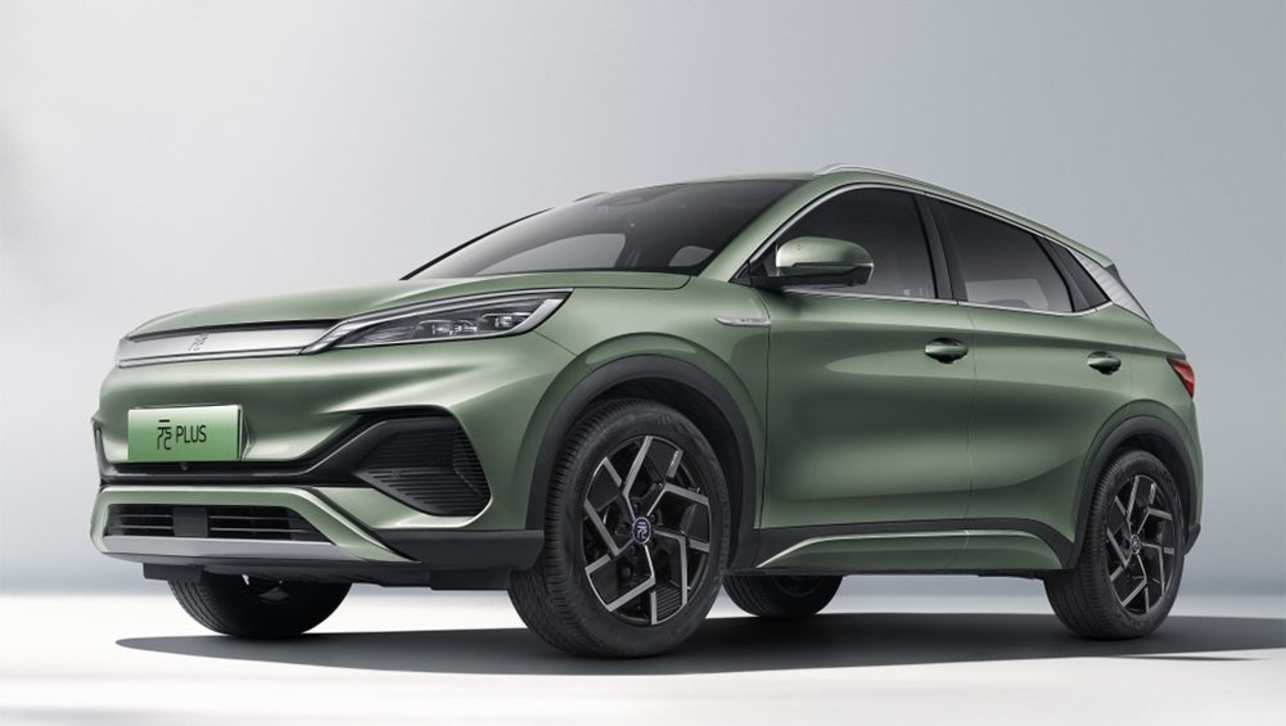BYD's first ute will almost certainly be named the Shark in Australia, with the brand locking in the global name for its Toyota HiLux and Ford Ranger rival.
The name has now appeared on English-language posters ahead of the ute's official unveiling at the Beijing Auto Show on April 25, which follows the brand securing the Shark name in Australia via a trademark application.
The clock is now ticking on the ute's official unveiling, with the brand preparing to pull the covers off the Shark in just a couple of days, but – thanks to a leak – we have already seen the plug-in hybrid ute free of camouflage.
Which is how we know that BYD's first ute will feature a blocky front end with an LED light bar that spans each vertical headlight. Also prominent is the big 'BYD' logo stamped across the grille and the blocky plastics that adorn the front end and each wheel arch.
What we don't know yet is just what will be powering it, though a petrol-powered plug-in hybrid powertrain is confirmed with the Shark to feature BYD's Dual-Motor Intelligence technology.
"It's called DMI, or Dual Motor Intelligence. And it's not a hybrid as you know them," BYD importer Luke Todd has told CarsGuide.
"For Australia, in my opinion, I'm so happy that we ended up bringing this one first and not the pure electric, which will come probably a year or so later.
"It is the best of both worlds – 100kms range on pure electric, and then switch over to the dual-motor technology. So we're going to have a vehicle of circa-1000kms, if not more range, but when you're driving around the city you'll be fully electric."
BYD is yet to confirm specifics of the ute's powertrain, though it has confirmed it will feature a 1.5-litre turbo-petrol engine.
Another DMI trick is the ability to drive on petrol power alone, allowing you to conserve the battery for when you arrive somewhere remote and off-grid, and use the battery to power your campsite goodies.
"We call it 'tradie mode' or 'fishing and camping mode'. You can set the vehicle that if you want to drive 600 kilometres off into the bush, you can set it up that you end up with a full charge when you get there," Mr Todd says.
"So you've got your own generator, and the big picture of driving to a work site and you set it that you keep your full battery capacity."



.jpg)



.jpg)



.jpg)
.jpg)



.jpg)
.jpg)
.jpg)

.jpg)


.jpg)

.jpg)


.jpg)

Comments